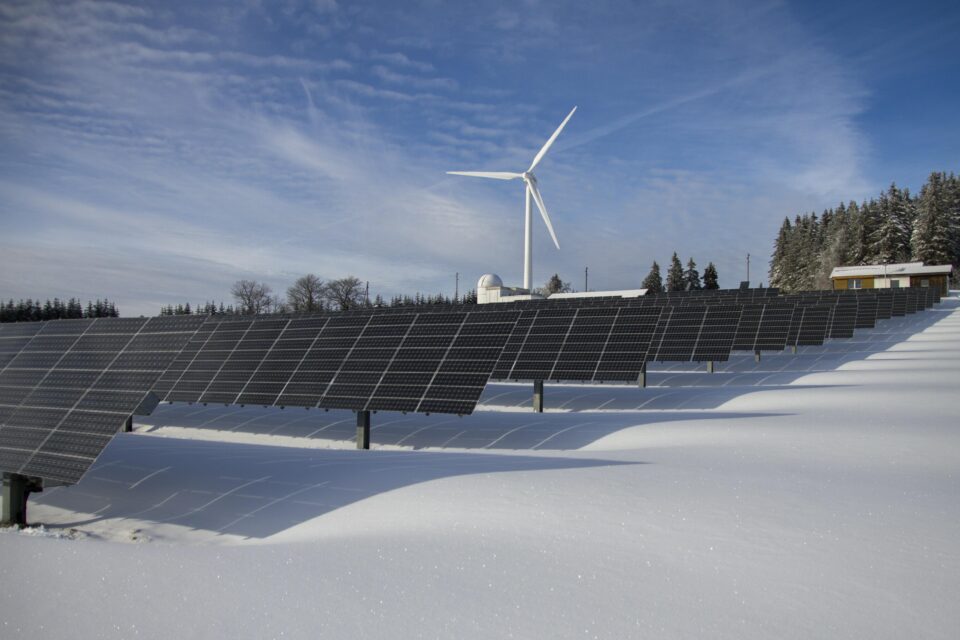Like It or Not, the Power Sector is Decarbonizing
David J. Hayes (Past Executive Director) / October 17, 2019

After the Supreme Court confirmed in Massachusetts v. EPA that the EPA can (and, following finalization of its Endangerment Finding, must) regulate the greenhouse gas emissions that cause climate change under the Clean Air Act, two groups of states have squared off against each other over the past few years, based on whether they backed the Obama or Trump administrations’ starkly different visions for how the Act should be implemented.
More specifically, a group of progressive states supported the Obama administration’s Clean Power Plan, which offered states flexibility in choosing how to reduce carbon emissions from coal-fired power plants, including through fuel switching to cleaner energy sources, based on the Clean Air Act’s mandate to adopt the “best system of emission reduction.” In contrast, another group of more conservative states challenged the Clean Power Plan and are now backing the Trump administration’s rollback and replacement rule, which posits that the EPA can only credit carbon emission reductions that come from “inside the fenceline” of power plants, rather than from the broader power system.
Reality has intruded into this legal face-off. At the same time that conservative states have objected to the Clean Power Plan’s invitation that states reduce their power sectors’ carbon pollution by changing their fuel mix, the supposedly-aggrieved states have been doing exactly that.
More specifically, an analysis of the fuel mix for the 22 states that continue to oppose the Clean Power Plan shows that 19 of those states saw significant fuel-shifting in the form of less coal and more natural gas and/or renewables between 2015 and 2019 — a fuel switching pattern that largely mimics the 50-state average.
Three charts — which are based on the same Energy Information Agency data relied upon by the EPA in preparing the rule — tell the story. The first shows the significant drop in electricity generated from coal in the conservative states (from roughly 55% in 2014 to 40% in 2019), and the second and third charts show a near doubling of solar and wind, and a modest rise in natural gas in those states during the same period.
In sum, the facts belie those states’ dire prediction that the Clean Power Plan would cause “substantial and likely irreparable” damage to state power markets. A variety of factors — including customer preferences for clean energy, price competition, and new entrants — are causing the same type of fuel switching that the Clean Power Plan would have facilitated. And with progressive states and many large energy users calling for more clean energy, these trend lines will continue, benefiting power markets in all states.
All of this is good news — except, perhaps, for lawyers whose objections to the Clean Power Plan rely on the fiction that a state’s energy mix is unaffected by climate concerns and market forces. Instead, as the legal battleground shifts to consideration of the Trump administration’s replacement rule, on-the-ground experience reinforces and validates the Clean Power Plan’s sensible, flexible, and market-oriented approach to reducing carbon emissions from the power sector.
